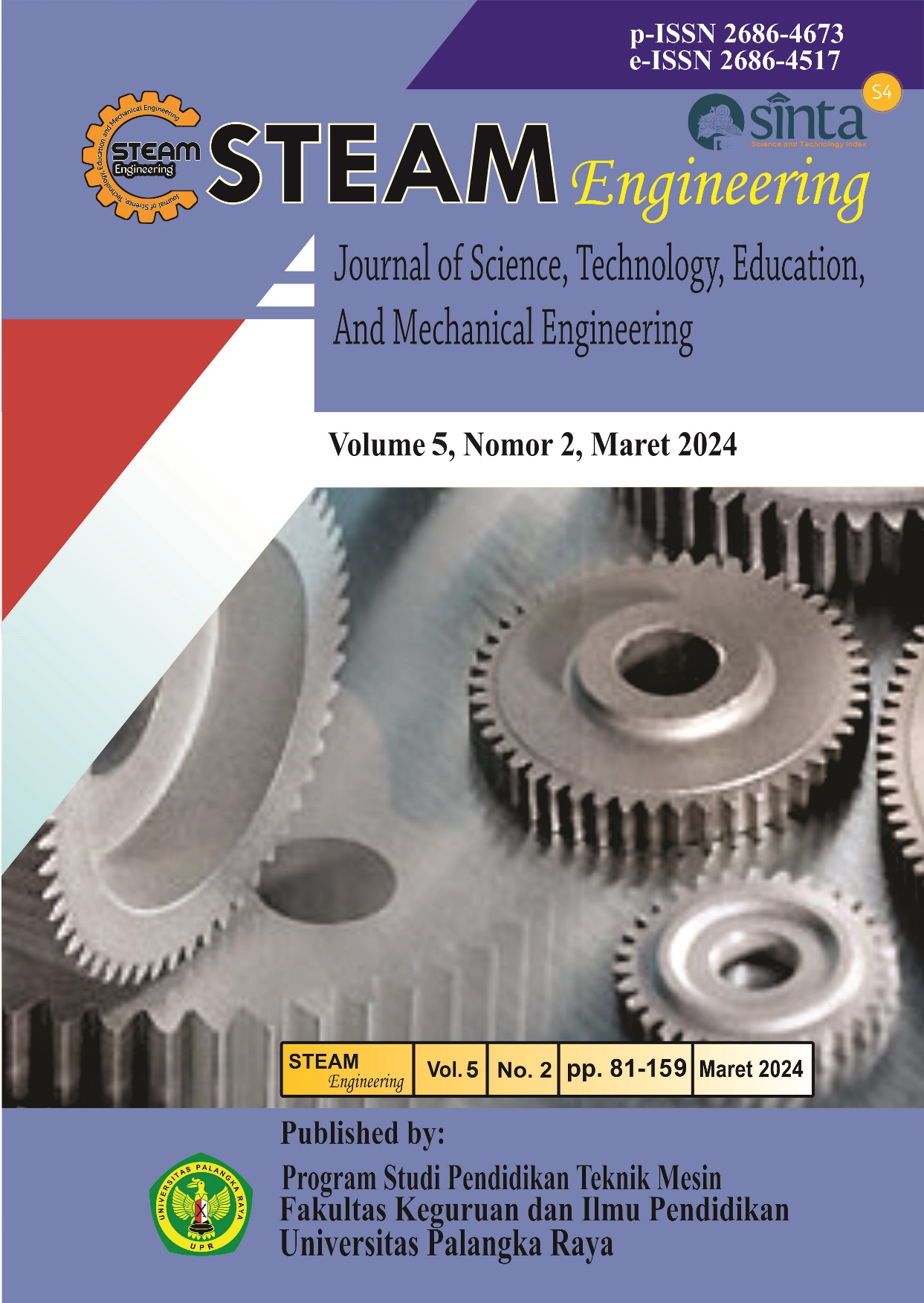PENGGUNAAN DESAIN FAÇADE GANDA KACA DI GEDUNG FAKULTAS PSIKOLOGI UNIVERSITAS DIPONEGORO BERDASARKAN PERATURAN PEMERINTAH
DOI:
https://doi.org/10.37304/jptm.v5i2.12712Keywords:
Desain Bangunan Tropis, Double Skin Façade, Bangunan HijauAbstract
Indonesia with its tropical climate should adopt green buildings arranged by the Government Regulation. The green buildings usually use the Double Skin Façade (DF) system to mitigate heat transfer into interior spaces. One of the green buildings at Diponegoro University is the Psychology Faculty. This research aims to analyze this green building based on Government Regulation, such as stipulated in SNI 6389-2011 and the Ministerial Regulation of PUPR of the Republic of Indonesia Number 21, dated 2021, which mandates that the overall heat transfer value of the outer building should not exceed 35 W/m². By applying the descriptive qualitative method, the Overall thermal Transfer Value (OTTV) was measured. The results show that Faculty of Psychology building at Diponegoro University utilizes the DSF system, with stopsol Asahimas dark blue glass as the outer skin and predominantly brick inner skin equipped with operable windows with the Overall Thermal Transfer Value (OTTV) value of 42.6 W/m². However, the comprehensive building OTTV value is 54.94 W/m², classified as non-compliant with green building design criteria based on the Government Regulations.
Downloads
References
AGC, “Solar Control Low-E Glass Sunergy Focus on Energy Saving in Tropical Climate.
Badan Standarisasi Nasional, SNI 03-6389- 2011: Konservasi energi selubung bangunan pada bangunan gedung Badan Standardisasi Nasional. 2011. [Daring]. Available: www.bsn.go.id.
Egan, M. David. (1975). Concept in Thermal Comfort. London: Prentice-Hall.
H. T. Fachrudin dan R. Bastanta, “Kajian OTTV (Overall Thermal Transfer Value) Selubung Bangunan Studi Kasus Asrama Pu- tri USU,” hlm. 1–7.
J. Arsitektur, R. Karsa, E. Y. Rahadian, W. Dwiastuti, N. A. Maretia, dan B. Fitrian, 2021. “Pengaruh Secondary Skin Fasad Bangunan terhadap Kualitas Pencahayaan Alami Ruang Kerja,” Jurnal Arsitektur TERRACOTTA |, vol. 2, no. 2, hlm. 124–135.
Kirana, P. S., Nurwidyaningrum, D., & Edistria, E. (2022). Optimasi Material Double Skin Facade Terhadap Penurunan Nilai OTTV Pada Gedung Kantor Pusat ASDP Indonesia Ferry. Jurnal Teknik Sipil, 11(2), 134–140.
Nugroho, Adi. 2011. Konservasi Energi Selubung Bangunan SNI 6389-2011. https://www.scribd.com/document/321192806/SNI-6389-2011-web-konservasi-Energi-Selubung-Bangunan-pdf-Unlocked
Poirazis, H. (2004) Double Skin Facades for Office Buildings. Division of Energy and Building Design, Department of Construction and Architecture, Lund Institute of Technology, Lund University, Lund.
Peraturan Menteri Pekerjaan Umum dan Perumahan Rakyat Nomor 21 Tahun 2021 tentang Penilaian Kinerja Bangunan Gedung Hijau.
Setyowati, Erni. (2015). Fisika Bangunan 2 Thermal dan Acoustic. Documentation. CV. Tiga Media Pratama, Departemen Arsitektur
Surat Edaran Menteri Pekerjaan Umum Dan Perumahan Rakyat Republik Indonesia Nomor: 01/Se/M/2022 Tentang Petunjuk Teknis Penilaian Kinerja Bangunan Gedung Hijau












